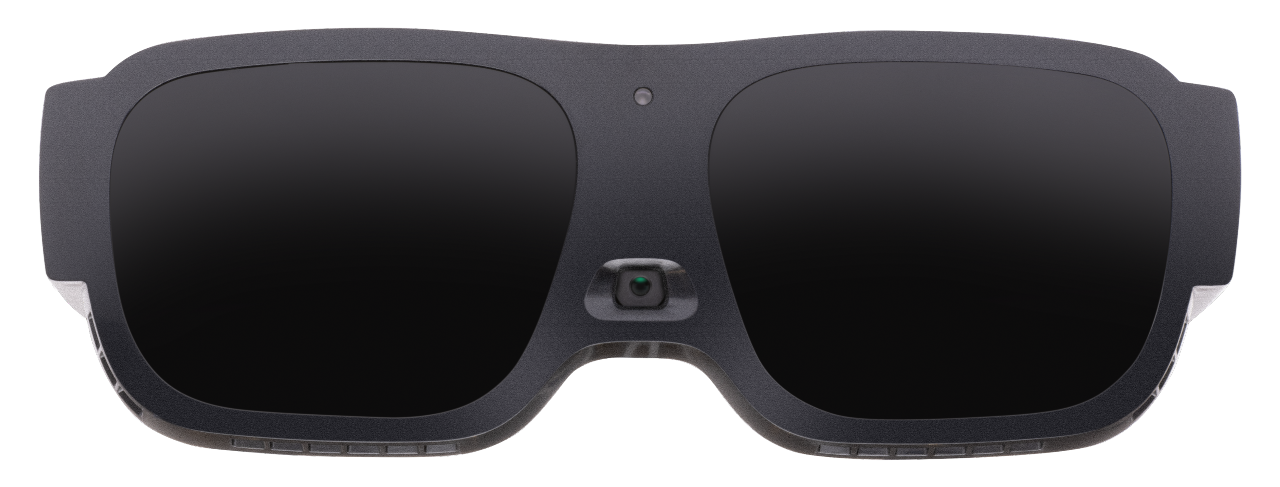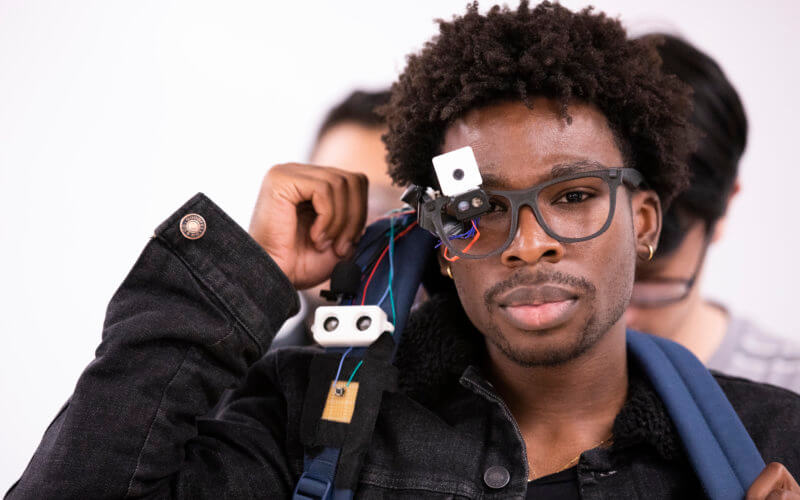Enhancing Availability Via Assistive Modern Technology for the Blind
The integration of assistive modern technology for the blind stands for a crucial innovation in access, fundamentally modifying just how people browse their atmospheres and involve with culture. As we discover the varied kinds of assistive gadgets and their concrete effects on daily living, it becomes important to examine how ongoing technical innovations are improving the landscape of support for the blind community.
Overview of Assistive Modern Technology
Assistive modern technology describes a series of devices and software program made to improve the capabilities of individuals with disabilities, consisting of those that are aesthetically impaired or blind. This technology plays a critical function in promoting freedom and enhancing the lifestyle for customers. By supplying alternative approaches for accessing info and performing daily tasks, assistive modern technology equips people to browse their atmospheres much more successfully.
The growth and implementation of assistive innovation welcome a range of principles intended at promoting availability. These concepts include user-centered style, which prioritizes the requirements and choices of the individual, and the integration of modern technology into day-to-day activities. Such improvements ensure that assistive tools are not only practical yet also instinctive and easy to make use of.
Furthermore, assistive modern technology includes a varied spectrum of services, from low-tech alternatives like magnifiers to state-of-the-art innovations such as screen visitors and Braille display screens. The ongoing development of this area is driven by the demand to address the distinct difficulties encountered by individuals with visual impairments (Wearable technology for low vision). As innovation proceeds to breakthrough, the potential for enhancing ease of access and promoting inclusivity stays encouraging, eventually adding to a more equitable society

Kinds Of Assistive Tools
Countless kinds of assistive devices are available to support individuals that are blind or visually damaged, each designed to deal with particular requirements and challenges. These gadgets can be extensively categorized into three main types: low-tech, mid-tech, and high-tech solutions.
Low-tech devices consist of things such as magnifiers, Braille tags, and responsive maps. These are reasonably simple tools that boost the individual's capacity to engage with their setting without requiring complex innovation.
Mid-tech tools usually involve advanced attributes, such as digital magnifiers and mobile Braille note-takers. These tools can supply capabilities like speech output, permitting customers to access information much more effectively.

Influence On Daily Living
The availability of different assistive gadgets significantly enhances the lifestyle for people who are blind or visually damaged, impacting their daily living in profound means. By incorporating technologies such as display visitors, Braille shows, and audio summary solutions right into their routines, customers gain better freedom and freedom. These devices facilitate access to info, making it possible for individuals to perform everyday tasks, such as reading emails, browsing public rooms, and taking pleasure in media content.
Moreover, assistive tools encourage individuals to engage even more fully in social communications and area activities. The capacity to utilize smart devices furnished with access attributes permits smooth communication and link with others. This connection fosters a feeling of belonging and reduces feelings of isolation.
In professional settings, assistive modern technology supports performance by permitting people to full job jobs effectively. Tools like voice recognition software program and specialized magnification tools allow individuals to take part in the workforce on equivalent ground with their sighted peers.

Innovations in Modern Technology
Current technical advancements have actually substantially changed the landscape of tools readily available for individuals that are blind or visually damaged. The assimilation of synthetic intelligence (AI) and artificial intelligence has actually triggered applications that enhance navigation and things recognition. Mobile phone apps can now utilize AI to determine and define environments in real-time, providing individuals with beneficial contextual details.
Additionally, advancements in haptic innovation have brought about the development of wise canes outfitted with sensors that spot obstacles and supply responsive responses. This encourages customers to navigate their atmosphere with raised self-confidence and freedom. Technologies in text-to-speech software program and braille displays have actually enhanced the availability of digital content, allowing for seamless communication with various media.
Wearable technologies, such as smart glasses, are additionally making strides in aiding visual disability. As modern technology proceeds to advance, the possibility for also more transformative devices remains on the perspective.
Future Trends and Innovations
As modern technology quickly advances, the future of assistive devices for people who are blind holds tremendous guarantee. Developments in synthetic knowledge (AI) and artificial intelligence are positioned to transform the means blind customers communicate with their atmospheres. AI-driven applications are being developed to boost item acknowledgment, allowing individuals to recognize and navigate their surroundings with higher ease and precision.
Moreover, Assistive technology for the blind innovations in haptic comments innovation are allowing the development of responsive maps and navigation aids that provide real-time info through touch. These developments not just enhance mobility however also foster self-reliance. Furthermore, wearable tools equipped with enhanced reality (AR) attributes are arising, supplying customers visual info through sound summaries, thereby linking the space between the electronic and physical globes.
Furthermore, the assimilation of smart home technology presents brand-new chances for availability, allowing people to regulate their living environments through voice commands or smartphone applications. As partnership between tech developers and the blind community continues, the concentrate on user-centered style will make certain that future advancements are customized to satisfy the special needs of this population (Wearable technology for low vision). The trajectory of assistive innovation assures a much more empowering and comprehensive future for individuals who are blind
Final Thought
In verdict, assistive innovation plays a critical role in enhancing access for people with visual disabilities. The diverse range of gadgets, consisting of display readers and smart walking canes, significantly improves daily living and fosters independence. Continual developments in technology and user-centered layout guarantee that these tools cater properly to the one-of-a-kind needs of the blind neighborhood. As developments progress, raised inclusivity and empowerment can be expected, eventually enriching the quality of life for those affected by visual impairments.
The assimilation of assistive modern technology for the blind stands for a pivotal advancement in access, fundamentally modifying exactly how individuals navigate their settings and engage with society.Assistive technology refers to an array of gadgets and software application made to improve the abilities of individuals with impairments, including those that are visually damaged or blind. Wearable technology for low vision.As technology rapidly progresses, the future of assistive devices for people who are blind holds tremendous pledge. The trajectory of assistive innovation promises an extra empowering and comprehensive future for individuals that are blind
In conclusion, assistive technology plays a crucial duty in boosting access for individuals with visual problems.